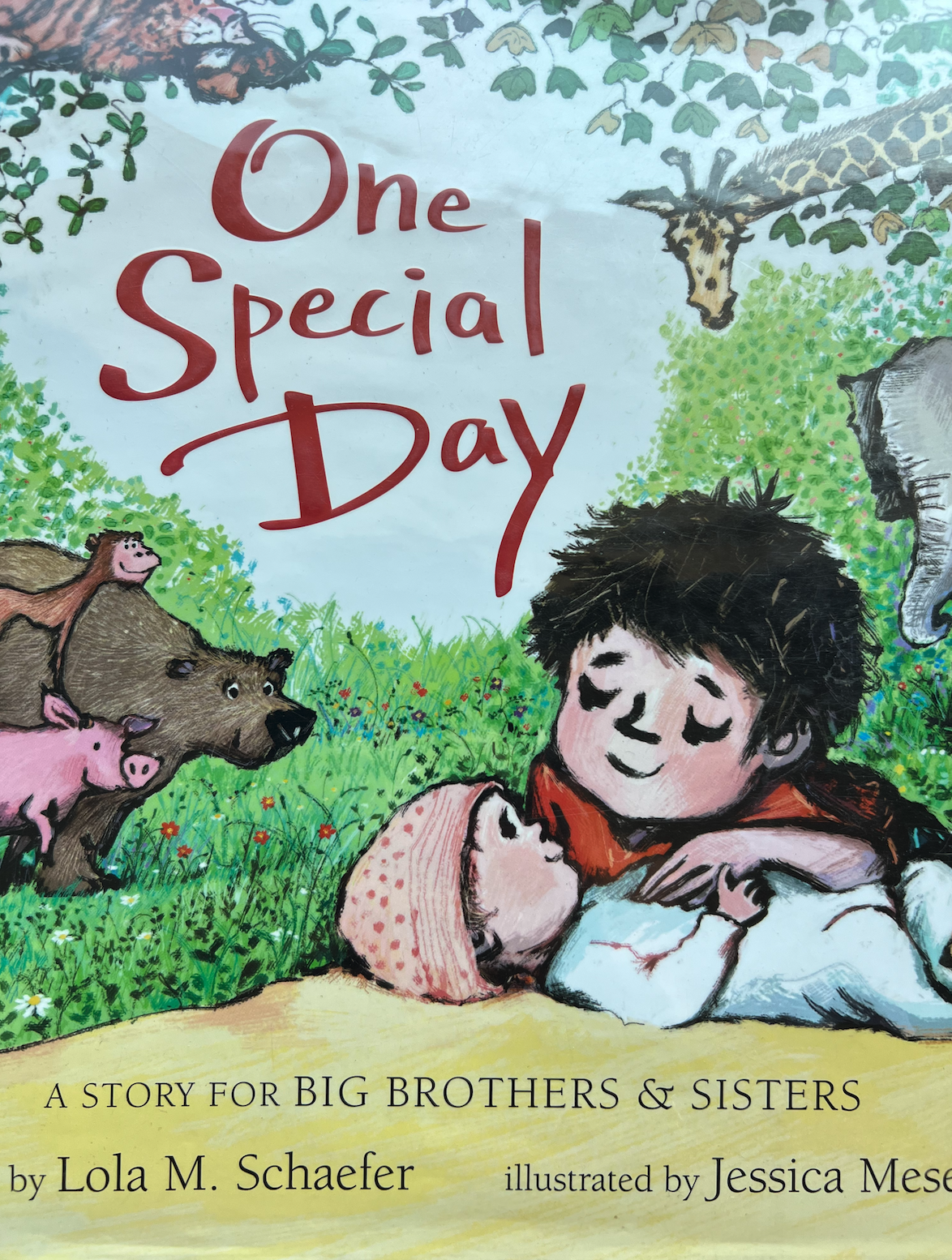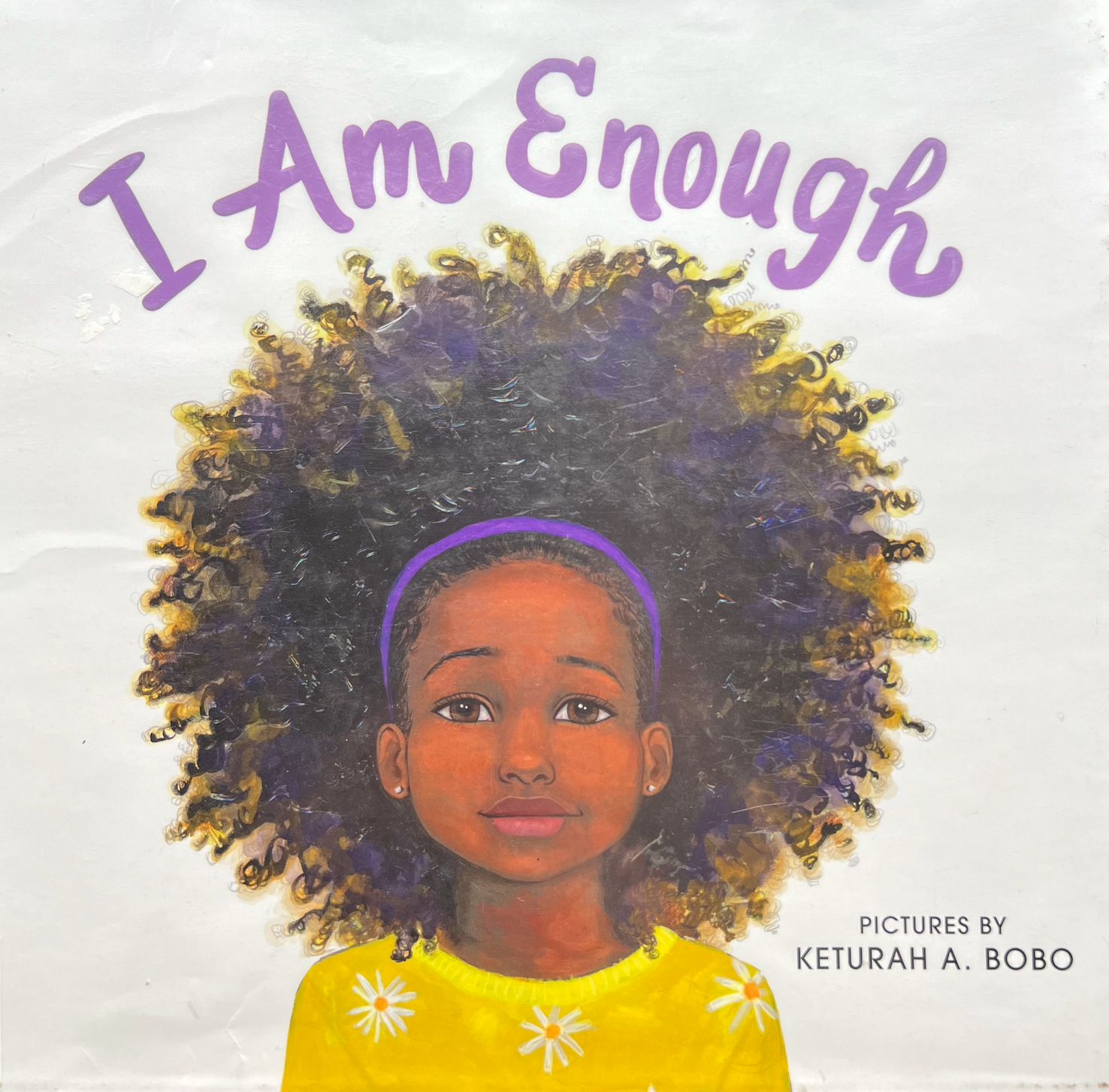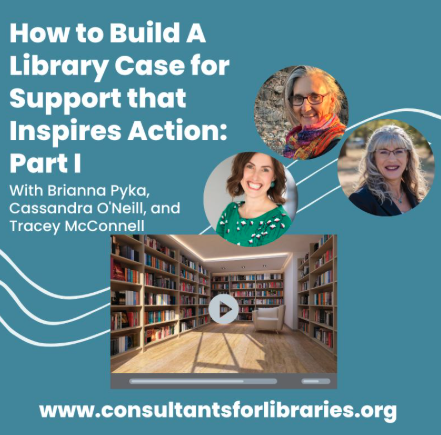Why Comfortable Fundraising Keeps Your Library Stuck (And How to Break Free)
- 4 mins
You know that feeling when you're planning another book sale, watching volunteers sort through donated novels while calculating how many hours it will take to maybe raise $1,500? There's something deeply unsettling about the math, but libraries keep doing it anyway because it feels manageable. Safe. No awkward conversations. No direct asks. No risk of hearing "no."
Here's what we've learned after helping libraries raise over $7 million: the fundraising activities that feel easiest on our nerves are often the hardest on our time and the least effective for our goals.
The Comfort Trap
These "easy" fundraising activities aren't actually easy at all. They're time vampires that drain your energy and resources while delivering minimal returns. Consider the math: a successful book sale might net $2,000 after dozens of volunteers spend weeks sorting, pricing, and selling. An online fundraising campaign might bring in a few hundred dollars over several months of social media posts and email reminders.
Meanwhile, one meaningful conversation with a committed donor could secure a $10,000 gift in a single afternoon.
The cruel irony is that while these comfortable methods feel less intrusive to our psyche, they're actually more demanding of our time and energy. We convince ourselves we're "doing fundraising" when we're really just staying busy without making real progress toward our goals.
Why We Choose Comfort Over Results
Understanding why we gravitate toward ineffective methods is the first step toward breaking free. Most library staff didn't sign up to be fundraisers—they became librarians to serve their communities through information, programs, and resources. The idea of directly asking someone for money feels foreign, uncomfortable, even presumptuous.
This discomfort is completely normal. Nobody wakes up thinking, "I can't wait to ask strangers for money today!" But the difference between libraries that thrive and those that merely survive is their willingness to move through this discomfort rather than around it.
Comfortable fundraising methods allow us to tell ourselves we're fundraising without actually doing the work that produces transformational gifts. They provide the illusion of progress while keeping us safely in our comfort zones.
The Real Cost of Playing It Safe
When you rely primarily on low-impact fundraising methods, you're not just missing out on larger gifts—you're missing out on deeper relationships with your community. The donor who gives $50 at your silent auction might be capable of giving $5,000 if they truly understood your library's impact and vision.
More importantly, you're shortchanging your library's potential. Every month you spend organizing events that net minimal returns is a month your library could have been investing in programs, resources, or facility improvements that would benefit your entire community.
The opportunity cost is staggering. While you're spending 40 hours organizing a fundraising event that nets $1,500, another library is having meaningful conversations that secure endowment gifts ensuring their long-term sustainability.
Three Practical Ways to Move Through the Discomfort
1. Start with Your Grateful Donors
The most approachable way to begin major gift fundraising is with people who are already demonstrating their commitment to your library. Look at your current donor list—even if it's small—and identify individuals who give consistently, attend programs regularly, or volunteer their time.
These people have already said "yes" to supporting your library. They're not strangers you're approaching cold; they're community members who care about your mission. Your conversation with them isn't an interruption—it's an invitation to deepen their involvement in something they already value.
Schedule coffee meetings with three current donors this month. Not to ask for money immediately, but to thank them for their support and learn more about what your library means to them. Listen to their stories. Understand their connection to your mission. These conversations will naturally lead to opportunities to share your vision and invite greater investment.
2. Practice Your Story Until It Becomes Natural
One reason major gift conversations feel uncomfortable is that we haven't practiced articulating our library's impact in compelling ways. We know our programs are valuable, but we struggle to communicate that value in ways that inspire giving.
Develop a clear, concise case statement that explains:
- The specific challenges your library addresses in your community
- The concrete ways your library makes a difference in people's lives
- Your vision for expanding that impact with additional resources
- The exact outcomes a donor's investment will achieve
Practice this story with trusted colleagues, board members, or friends until you can share it conversationally without notes. When you're confident in your message, delivering it becomes much less intimidating.
Start by testing your case statement in low-stakes situations. Share it with current volunteers or at community meetings. The more you practice, the more natural it becomes to talk about your library's needs and opportunities.
3. Create Accountability Systems That Support Your Growth
Sustainable change happens when we create systems that support new behaviors even when motivation wanes. Set specific, measurable goals for donor engagement that push you beyond your comfort zone, then create accountability structures to ensure you follow through.
For example, commit to having two donor meetings per week. Schedule them in your calendar like any other important appointment. Ask a colleague or board member to check in on your progress weekly. Consider these meetings as essential to your library's success as ordering new books or planning programs.
Track your progress visually. Create a simple chart showing your donor meeting goals versus actual meetings completed. Celebrate small wins—each conversation is a step toward building the relationships that will transform your library's future.
Remember that discomfort is temporary, but the relationships and gifts that result from pushing through it can benefit your library for generations.
The Path Forward
Breaking free from comfortable but ineffective fundraising methods isn't about becoming a different person—it's about recognizing that your library's mission is worth some temporary discomfort. Every meaningful gift starts with a conversation, and every conversation starts with someone willing to initiate it.
Your community needs your library to thrive, not just survive. They need the programs, resources, and services that adequate funding makes possible. When you avoid the discomfort of major gift fundraising, you're not just limiting your library's potential—you're limiting your community's access to the transformational impact libraries can provide.
The choice is clear: stay comfortable and keep your library stuck, or lean into the discomfort and unlock the sustainable funding that will ensure your library serves your community for generations to come.
Your library deserves more than survival. It deserves to thrive. And that starts with your willingness to have conversations that matter.




